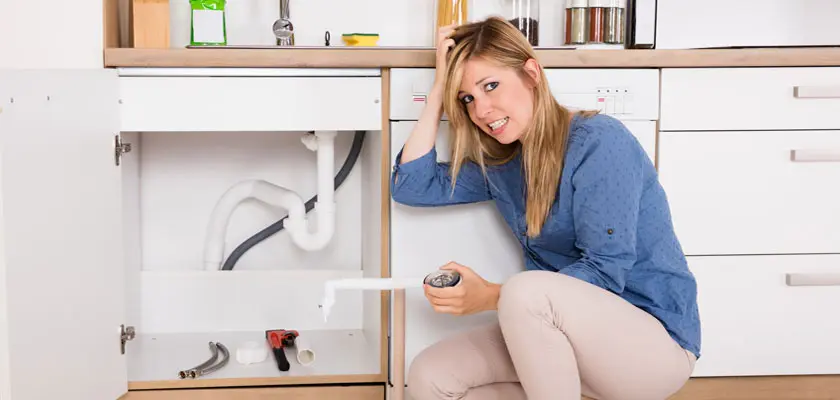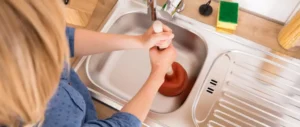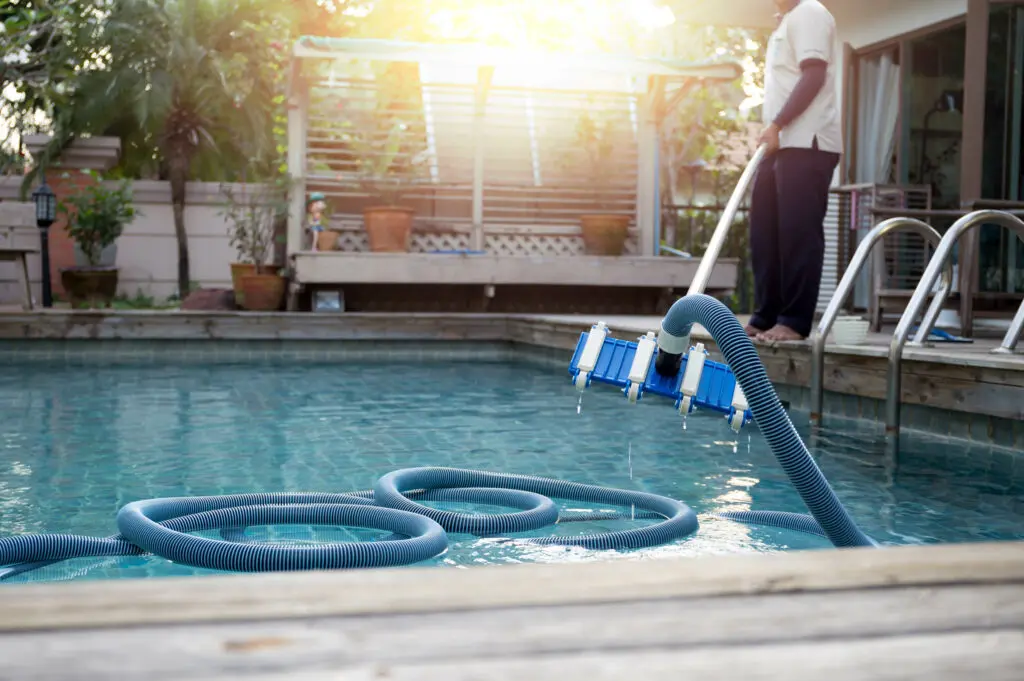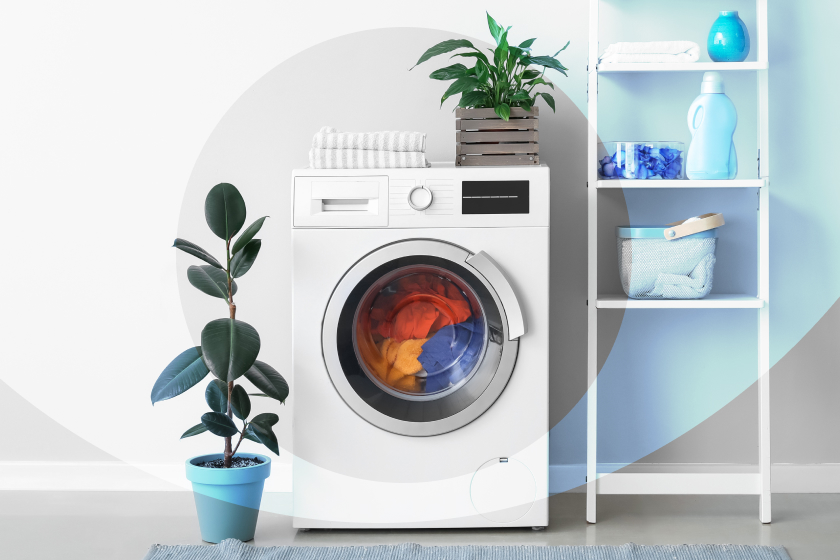
Don’t worry, a clogged drain isn’t a reason to use your home warranty unless you notice these troubling signs. We’ll walk you through how to clear a clogged drain in no time.
Whether there’s a tough clog in your kitchen sink, bathroom sink, bathtub drain or toilet, use these tips to have your pipes running again. If you’re unable to clear the drain, place a claim and we’ll send a plumber to you in no time. Give us a call today if you’d like to learn more about Select Home Warranty plans: 800-670-8931.
If it’s an especially stubborn drain in your bathtub or shower, you might be wondering what can dissolve and break down hair in a drain or how you could unclog a drain with standing water. Hair is most likely your culprit, so start by using a bent wire to clear any obvious signs of hair, then follow these options until your clog is resolved.
Did you know you can get a home warranty to cover your plumbing system?
Home warranties help you save money down the line by offering coverage for mechanical repairs and replacements.
When it comes to your plumbing system, your warranty will cover line leaks in your water, drain, waste or vent lines not caused by damage resulting from freezing or from roots, and will also cover toilet bowls, toilet tanks, toilet flushing mechanisms, angle stops and risers. The plan will also cover blockages in your plumbing system, including stoppages in the drain, vent and sewer lines up to 100 feet from access point, except if caused by roots.

No matter which drain is experiencing a clog, the first step is to attempt to plunge it. Many people ask how to unclog a drain with standing water. For drains with standing water in a tub, we recommend you wear gloves. To start, remove the cover on your overflow drain with a screwdriver and then stuff a wash towel tightly in place of the hole to keep air from sucking through as you plunge.
Place the plunger over the drain and fill the tub partially with water if there isn’t already standing water. This will create a strong suction for you to plunge with. Don’t give up too easily, and attempt to plunge for a decent amount of time until you hear water start to drain. Hopefully this will do the trick, but if the clog has been slowly building it can be more difficult.
Your next option is liquid plumber, but don’t over use it. Over time if you have a troublesome sink, using liquid plumber will corrode the “U” shaped part of the metal pipe, also called the P-trap. This will lead to permanent damage and leaks. If this is the case, be sure to place a claim for a technician to assess the problem.
If you have a sudden clog, head over to your local general store or pharmacy and pick up any brand. Directions will typically instruct letting the liquid soak down the drain for 15-30 minutes followed by flushing it with hot water.
As an alternative to liquid plumber, combining baking soda and vinegar can be very effective. Pour baking soda down the drain first, then pour vinegar to cause the fizzing chemical reaction. This helps to loosen debris in the way as it expands. Let it sit overnight and flush with boiling water.
If this doesn’t seem to work, mixing salt and vinegar can also help corrode grime buildup. Create a solution of equal parts salt and vinegar, let it sit for 20 minutes, then flush with boiling water.
If you’re unclogging a sink, a plumber snake can be very useful. This can also be used on a bathtub or shower. You will start by placing a bucket below the P-trap. Loosen the nuts around the P-trap on either side of the “U” shape. You should be able to pull it off at this point to see where the clog might be. If the clog is not in the P-trap, you can use the drain snake.
Thread the snake through the pipe towards the wall until you feel any snags. There’s a crank on the drain snake which you will turn to loosen the build-up, and then pull the snake out to remove the clog.
A bent wire hanger can also do the trick in place of a drain snake, but you won’t have the benefit of a coil around the wire for extra grip or the crank to further loosen it.
If you suspect a bigger plumbing issue could be at play, don’t hesitate to place a claim based on your home warranty plan. Don’t wait until the problem makes your bathroom unusable. You might notice strange odors still coming from your drain as it’s partially cleared, but the problem will return unless it is fully cleared.
Clogs don’t typcially happen overnight, and it’s important to keep up maintenance in your home so that you don’t experience frequent clogs. This puts immense pressure on your plumbing system and will help prevent frequent issues with your pipes.
Don’t let plumbing issues stress you out! Get your free quote today with Select Home Warranty to protect both your home and your wallet. Call: 800-670-8931

Don’t wait until it’s too late! Check out our current plans and get your free quote.

Household Tips
If you’re reading this, odds are summer’s just around the corner or already here. Before you kick back to enjoy the sunny days to come, DIY home inspections and maintenance..

Household Tips
Is your dryer making strange noises or, worse, refusing to heat up? You’re not alone. Many homeowners experience dryer issues but aren’t sure how to address electric dryer repair. Should..

Household Tips
During the summer, we use our appliances a lot. We tend to throw more parties during warm weather, and your home works very hard to keep up. As the summer..